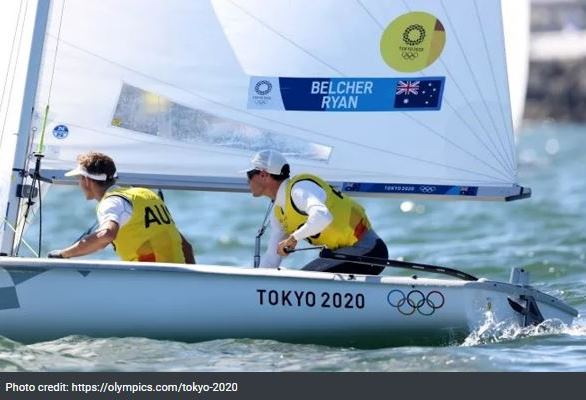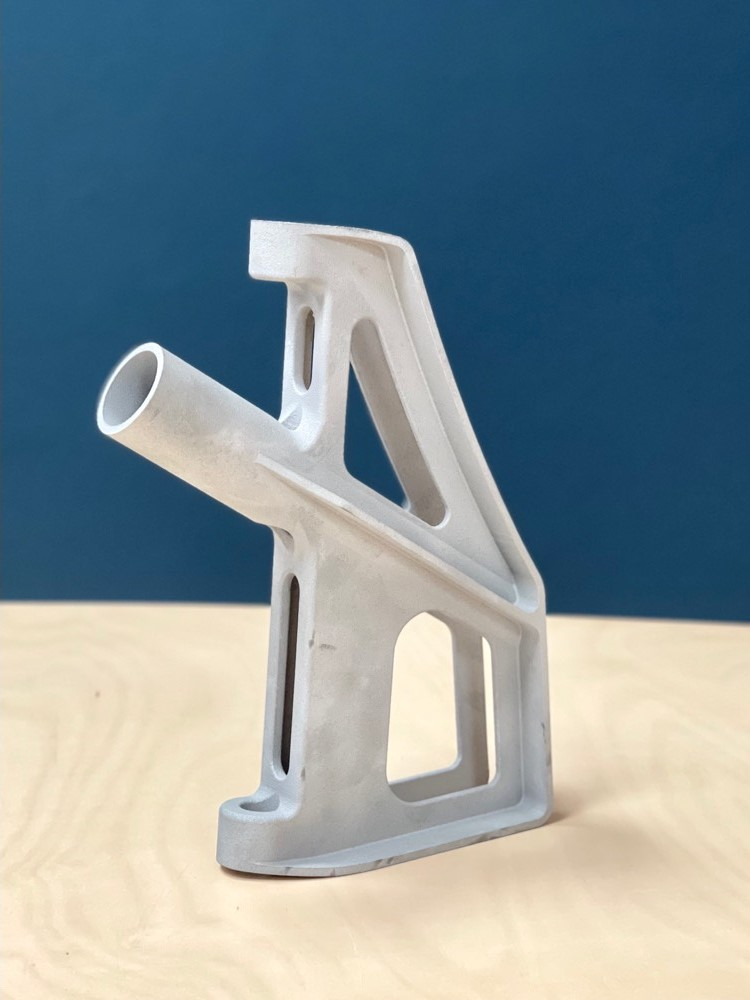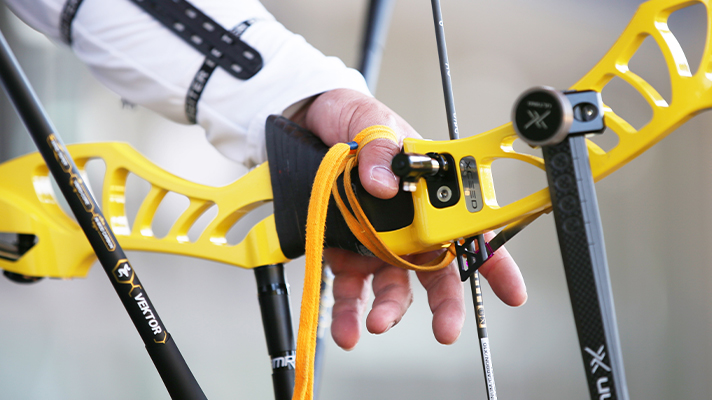A 3D printed rudder blade suspension has helped propel the Australian sailing team to victory at the Tokyo Olympic Games.
The rudder blade suspension was manufactured by aluminum specialist Fehrmann Alloys using its high-performance AlMgty alloy to the request of Hamburg-based boatyard Ziegelmayer, the world’s leading manufacturer of Olympic sailboats in the 470 class.
Meeting Ziegelmayer’s requirements for strength, ductility and corrosion resistance, the 3D printed component was installed on the boat of the Australian sailing team for their Olympic campaign, later helping them to the top of the winner’s podium.

Fehrmann’s AlMgty family
Alongside 40 years’ experience in developing high-performance aluminum alloys under its belt, Fehrmann Alloys has a high-tech innovation center for new alloys designed for 3D printing.
AlMgty is a high-performance aluminum alloy specifically engineered for 3D printing and casting. According to Fehrmann, AlMgty is not just a material but an alloy system that can be altered in order to create different mechanical properties as per Fehrmann’s customers’ requirements. The alloy is used in selective laser melting (SLM) and laser metal deposition (LMD) 3D printing processes.
The first AlMgty alloy, AlMgty 80, was launched in the autumn of 2019, reportedly making possible for the first time the production of any number of parts with one alloy via four different processes – 3D printing, sand casting, mold casting, and die casting. A few months later, Fehrmann introduced another silicon-free high performance AlMgty alloy which enabled color to be added to 3D printed metal parts.
In November last year, the company released its latest high-performance aluminum alloy to the range, AlMgty 90, which exhibits increased strength and a 25 percent higher hardness than its predecessor. The firm is seeking to “revolutionize” the development process for new materials using machine learning, artificial intelligence (AI), and digital transformation tools.

Sailing away with gold
Ziegelmayer approached Fehrmann to manufacture a rudder blade suspension for its sailboats that was capable of withstanding high loads. To meet the boatyard’s requirements for a strong, highly ductile and corrosion-resistant component, Fehrmann leveraged its AlMgty alloy to 3D print and sand cast the part for both prototyping and series production purposes after the testing phase.
Ziegelmayer required the chosen material to be suitable for both 3D printing and sand casting processes, and for the printed and cast components to display the same mechanical properties.
The rudder blade suspensions were tested on boats in a variety of sea conditions around the globe, proving their excellent corrosion resistance and mechanical strength. As an ultimate demonstration of their performance, the components have now helped the Australian Olympic sailing team to gold at Tokyo 2020 in the 470 class.

3D printing at the Olympics
A variety of 3D printed parts, equipment, and sportswear have helped athletes to find their way onto the podium at this year’s Tokyo Olympic Games, featuring in multiple different events.
The Great Britain Cycling Team experienced several podium finishes in the velodrome at this year’s Games, riding on a new track bike designed by global engineering firm Renishaw, Lotus Engineering, and Hope Technology, which featured lightweight 3D printed parts. Meanwhile, 3D printed grips from automotive manufacturer Hyundai Motor Group helped Korea’s archers to gold in the men’s, women’s, and mixed team categories.
Elsewhere, Adidas’ 3D printing-optimized running shoe the Futurecraft STRUNG, which features an upgraded 3D printed 4DFWD midsole, was worn on the track and field by a variety of athletes during this year’s Games.

Leave A Comment